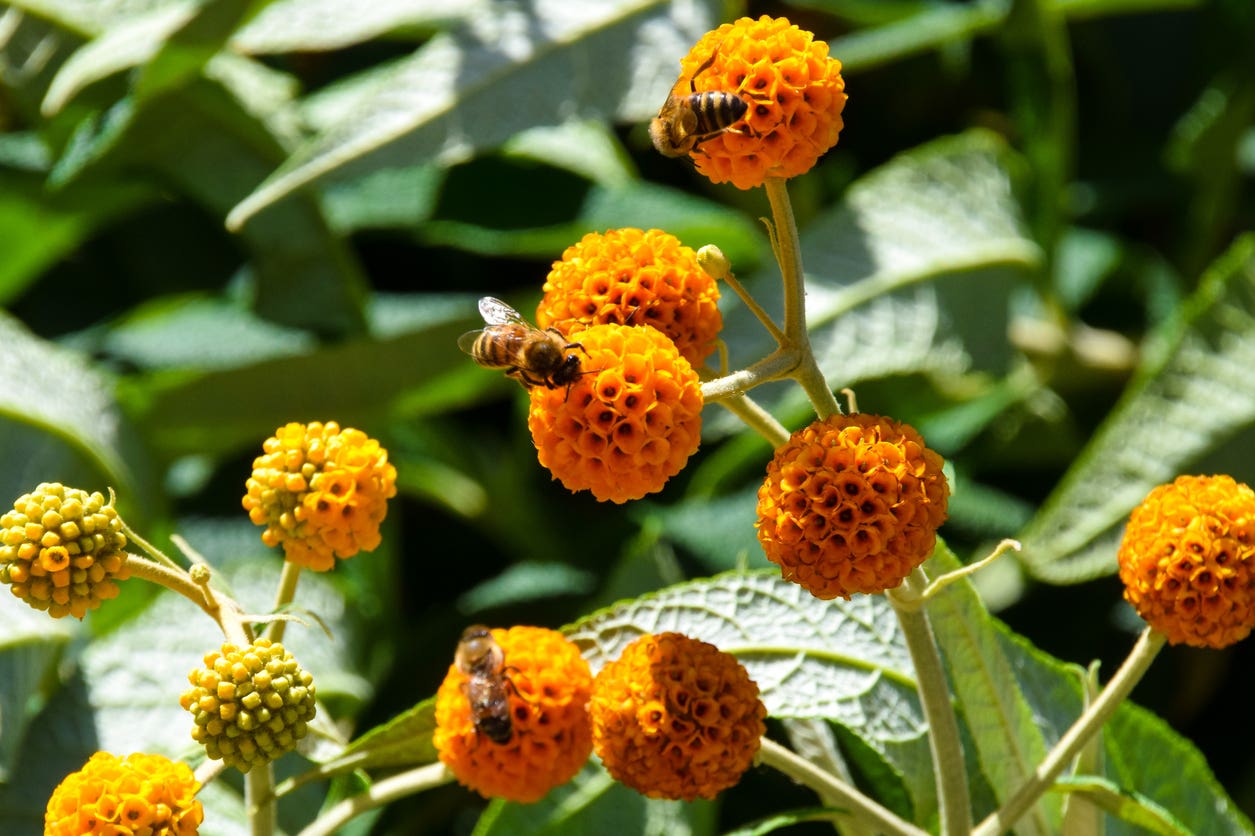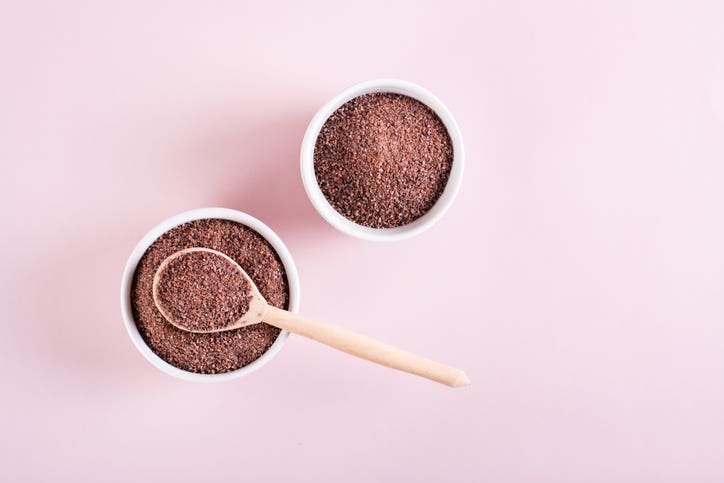
Attract Bees, Butterflies, and Other Pollinators to Your Yard with These Expert Tips
What do bees, butterflies, bats, and beetles all have in common? They’re top-tier pollinators—and our global food system relies on them.
“Close to 80% of flowering plants need a pollinator to reproduce, and about 30% of the food we eat can be traced back to a pollinator,” explains Mace Vaughan, co-director of pollinator and agricultural biodiversity at Xerces, an international nonprofit organization dedicated to the conservation of invertebrates and their habitats. “A lot of vegetables that we might not think about as being insect-pollinated, like lettuce or onions or carrots, ultimately need a pollinator somewhere in the production line to help produce the seed that grows the edible veggie.”
Our collective well-being is intricately tied to these critters, but habitat loss, pollution, and climate change threaten to wipe out many essential species. “Even when we’re faced with pollinator declines, there are so many interesting and fun things you can do to bring pollinators right into your yard,” says Vaughan, who offers four easy ideas to make your yard more hospitable to pollinators.
1. Plant pollinator-friendly flowers and trees.
Of course, one of the best ways to make your yard pollinator-friendly is to plant species of plants and trees that offer them plenty of pollen and nectar. Milkweed and sunflowers are a great place to start. Aim for native plants that are designed to thrive in your climate, and choose organic seeds. Learn what plants are native to your region here.
2. Avoid using insecticides in your yard.
Insecticides and their toxic chemicals will undermine any work you do to create a pollinator-friendly garden. Use natural pest-deterrent methods. And whenever you're purchasing new plants for your yard, be sure to check the labels or ask the nursery staff for help to ensure you're not buying seeds that have been treated with harmful pesticides.
3. Create nest sites for pollinators.
Use leaves as garden mulch, create small piles of twigs in the yard, or keep a heap of organic matter in a corner of your garden to offer space for critters to nest.
4. Add clover to your lawn.
Sprinkle clover seeds over traditional grass to create a floral feast for pollinators. This simple trick makes your yard insect-friendly without having to do much hands-on gardening, since clover spreads relatively quickly and easily. White and crimson clover varieties are high in nectar, making them a great food source for bees, butterflies, and other pollinators.

About the Author

About the Author
Megan Edwards
Join our mailing list
Get free recipes and the latest info on living a happy, healthy plant-based lifestyle.
By providing your email address, you consent to receive newsletter emails from Forks Over Knives. We value your privacy and will keep your email address safe. You may unsubscribe from our emails at any time.